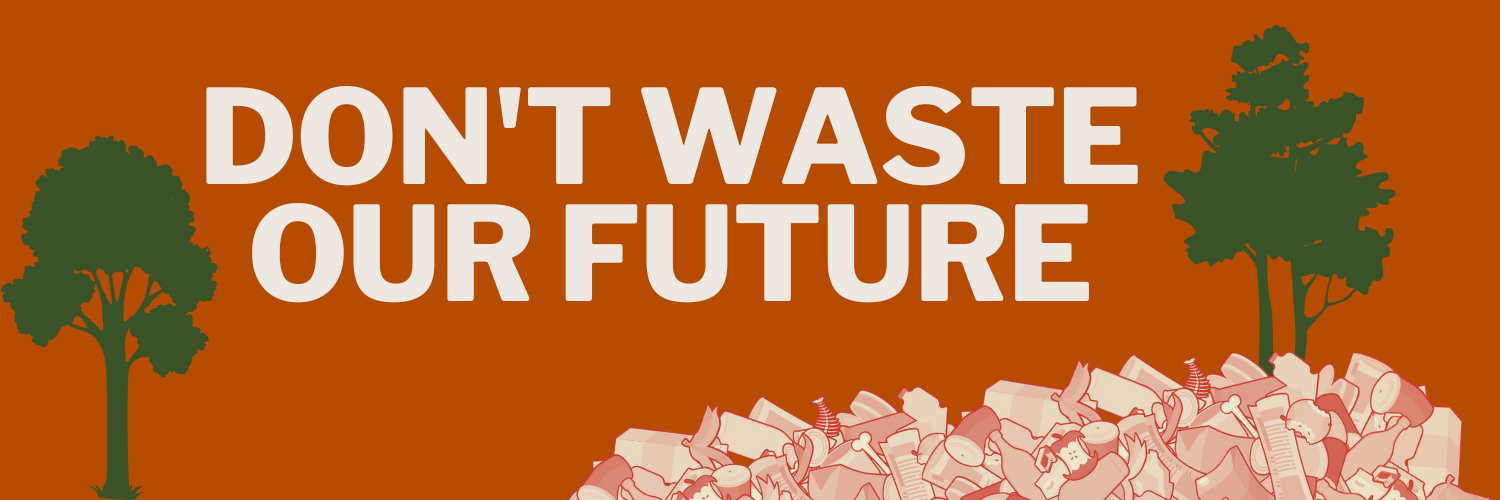PRESS RELEASE: Decaying food waste causes 58% of methane emissions from landfills, gas collection systems not installed in time
New EPA reports reveal climate cost of landfilling millions of tons of food
Washington, D.C. – In a just-released report, the U.S. EPA estimates that each year, the U.S. wastes 73 to 152 million metric tons of food, the vast majority of which ends up decaying in municipal solid waste landfills across the country, where it produces methane, a greenhouse gas that is far more effective at warming the planet than carbon dioxide. The U.S. EPA also estimates that 61 percent of methane generated by landfilled food waste is not captured by landfill gas collection systems and is released to the atmosphere, because emissions often occur before landfill gas collection systems are installed or expanded.
Landfills emit 295 million metric tons of CO2-equivalent of methane per year, on a twenty-year warming potential time frame - the equivalent of 79 coal-fired power plants running for a year. The EPA report found that because food waste decays relatively quickly, its emissions often occur before landfill gas collection systems are installed or expanded. The EPA estimates fifty percent of the carbon in food waste is degraded to landfill gas within 3.6 years. Under current EPA NSPS/EG rules, active landfills do not have to expand their gas capture and control system until the solid waste has been in place for five years.
In response to the EPA’s new reports, Quantifying Methane Emissions from Landfilled Food Waste and From Field to Bin: The Environmental Impacts of U.S. Food Waste Management Pathways, several climate and watchdog organizations released the following statements:
“Across the U.S., state and local governments are piloting innovative programs to compost food scraps, address hunger, and make a dent in the potent methane emissions coming from landfills,” said Tom Frankiewicz, a subject matter expert at RMI. “ The EPA has an opportunity to scale up efforts to prevent and divert food waste and strengthen federal landfill regulations with common sense practices like earlier and more comprehensive gas capture to better control methane emissions.”
“The sheer amount of methane that is released from the millions of pounds of food waste that ends up in landfills across the United States is astonishing,” said Katherine Blauvelt, Circular Economy Director for Industrious Labs. “For communities across the U.S., emissions from landfills aren’t metrics on a spreadsheet, but point to a real threat to their air, water, and health. This is yet another example of the disconnect between reality and EPA’s landfill rules, and that’s why the EPA must act now to update its Clean Air Act standard to drastically reduce methane emissions from waste, delivering healthier communities across the U.S.”
In June, a coalition of 14 environmental and community advocacy groups petitioned the EPA for stronger regulations to control methane pollution from municipal landfills, calling on the EPA to expand requirements for gas collection systems at landfills including earlier installation, direct measurement of methane, and more composting of waste. These practices also reduce emissions of air pollutants that contribute to smog and create health risks and foul odors for nearby communities.
Industrious Labs and RMI have published a new resource: Priority Climate Action Plan Guide:Organic Waste & Landfill Methane Strategies, created to support states, MSAs, Tribes and territories in achieving at-scale emissions reduction and community benefits through incorporating waste and landfill methane emissions reduction strategies, as these governments write their required Priority Climate Action Plan for the federal Climate Pollution Reduction Grant.
###
